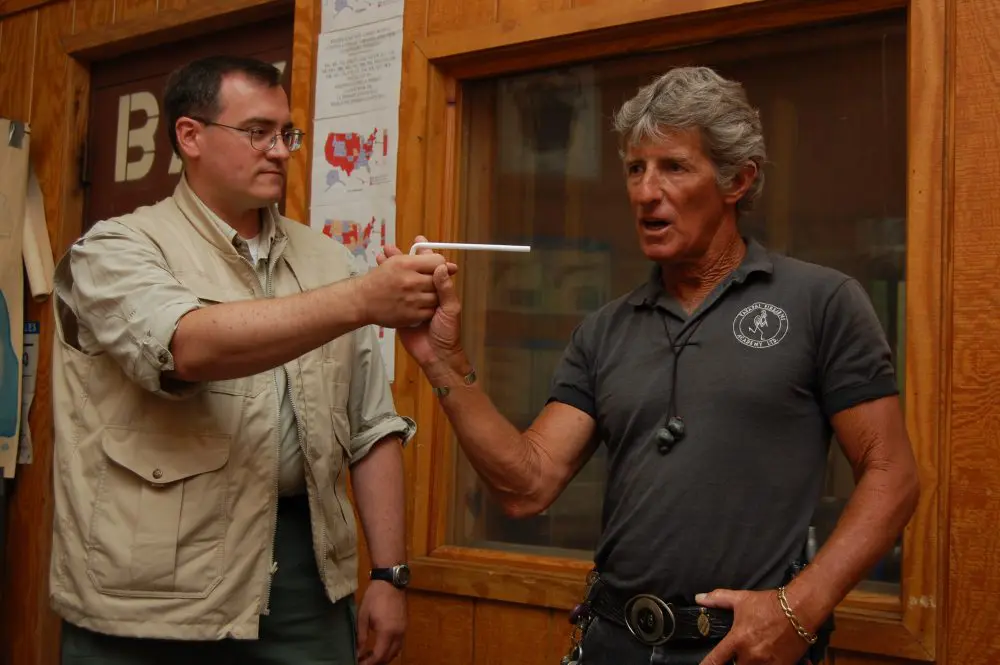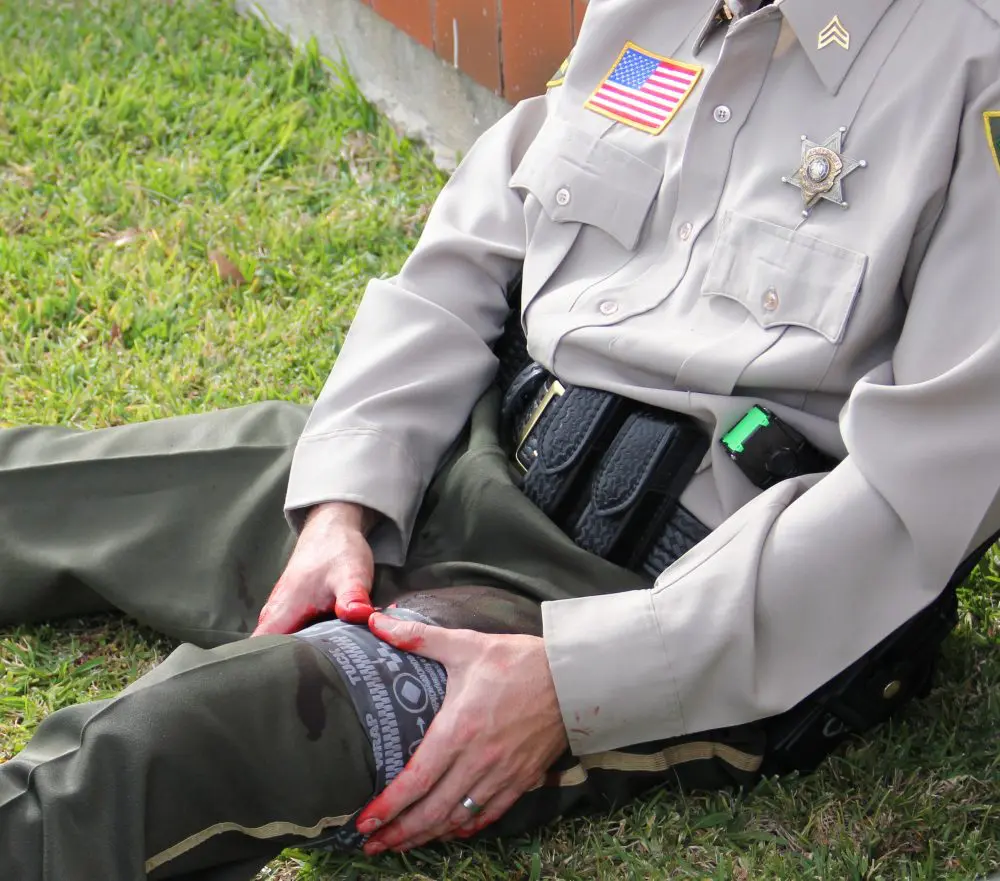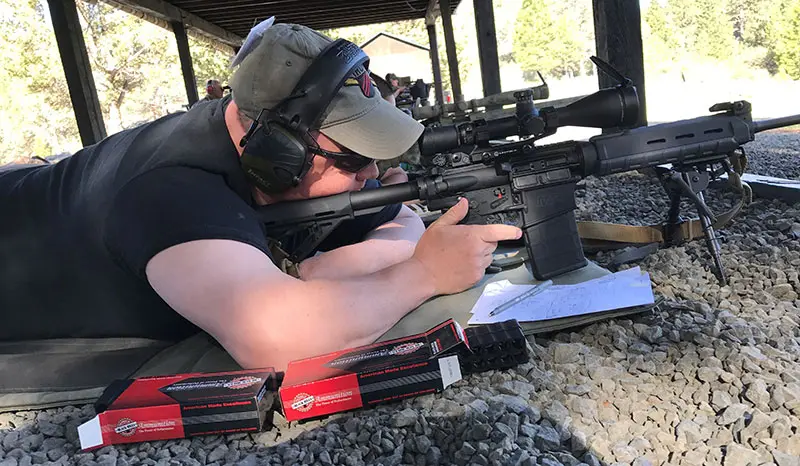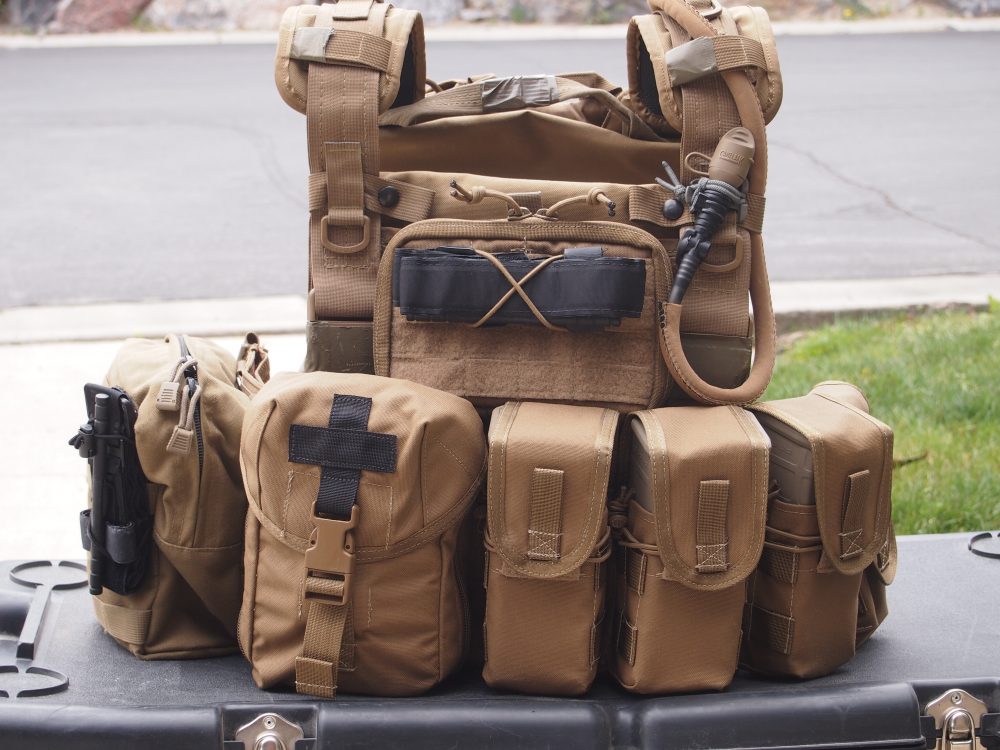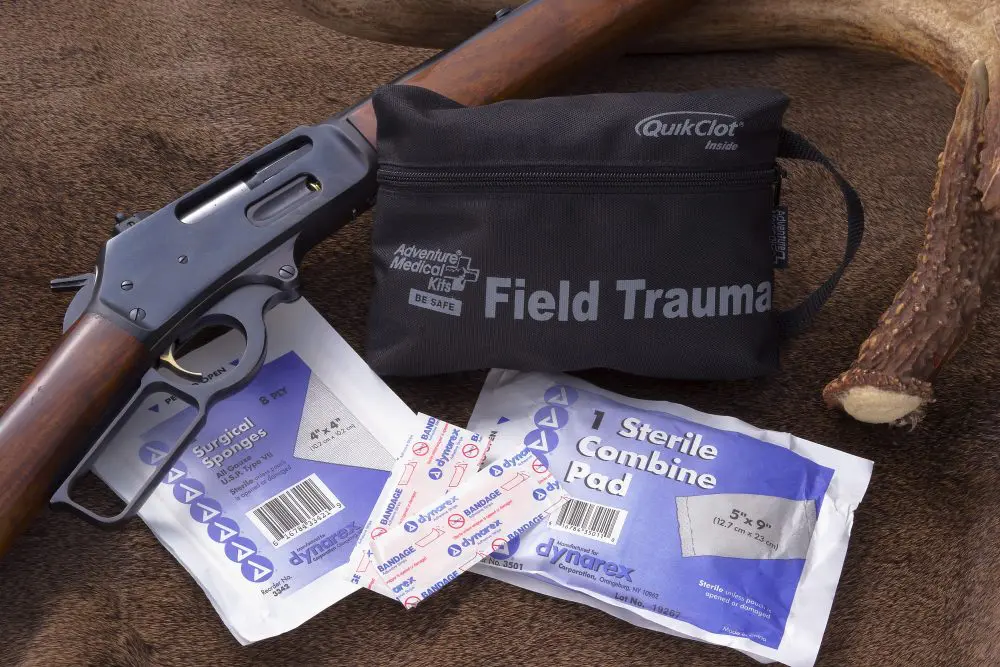ALLrise, court is in session. You’re the only competent gunfighter you know.
It’s not that you’re egoistic or that you entertain delusions of grandeur. And it’s not because you’re a Monday morning quarterback. You have, after all, been involved in a gunfight, and everything was satisfactorily resolved.
So you’re somewhat mystified by the antics, faux pas, and deplorable marksmanship displayed whenever you view dash-cam video or news footage of a firefight involving anyone other than yourself.
Fumble-fingered gun handling, crossfire, potentially unsafe backstops, and a predominance of errantly launched projectiles. And since this didn’t occur in your encounter, you’re stymied by the fact that only you and two-and-a-half other people on the entire planet successfully clinically executed the reality with the clockwork precision theory of your training.
The truth of the matter is that, in actuality, you probably didn’t, because nobody really knows what they did during a fight—and every fight is different. You may think you know what you did, but you don’t. Different situations, combined with infinitesimal neurological and optical reactions, will elicit different responses from an individual in both strategy and mechanics.
Yes, there have been several multiple gunfight winners, such as John Wesley Hardin, Wild Bill Hickok, and a couple of modern-day fighters (who shall remain nameless out of courtesy to them), but you can pretty much total these remarkable men on the digits of two hands. They are as few and far between as the non-firearms combatants like Miyamoto Musashi and Bruce Lee—supreme masters of their respective arts. And they were all Lone Wolves.
That’s why labeling somebody a hero or a coward based on only one incident can be erroneous. In fact, it can be almost as fallacious as somebody who shot a buffalo on one week-long African safari calling himself a biggame hunter. Yes, the African buffalo may be known as Black Death, but the huge majority of 21st century buffalo kills are the same as shotgunning a turkey for the pot.
And similarly, many one-on-one civilian confrontations are just as simple—an uncomplicated reaction to a deadly force threat. Batteries not included and not much thought required, because it’s over in a nanosecond with quick and explosive reactionary force. Let’s be honest: A physical threat from a four-foot distance at an Automatic Teller Machine, or a knifewielding rapist hovering over your bed isn’t going to lead to a ten-minute fight.
And just to clarify, this author is not one of the “feudal” breed who societally separates military, civilian, and law enforcement combatants. A deadly force encounter is a deadly force encounter, plain and simple. What does often differ for the various types of combatants, however, are the location and circumstances. Your bedroom isn’t El Alamein, and being accosted by one homicidal maniac at an ATM isn’t the North Hollywood Shootout, except in potential severity of consequences.
Anyway, back to the previously viewed videoed firefights, and why people do such so-called inept and stupid things when projectiles are flying.
Hypothetical scenario:
Two patrol officers pull over a vehicle for an expired license plate. Four occupants. Seemingly the mythical “routine” traffic stop. Here’s the first clue: “Routine” traffic stops became as extinct as dinosaurs the first day Man traded in his gee-gee for a horseless carriage. Condition Yellow.
The officers use appropriate tactics while approaching the vehicle, deciding not to verbally extract the four occupants. Clue Number Two for the video viewer, who needs to realize that the lawmen’s pulse rates are starting to rise. This means that, unlike your unexpected one-second over-and-donewith gunfight at the ATM, the cops are now starting to subconsciously utilize their hippocampus, which holds ten trillion bytes of long-term memory; their visual cortex, which processes 72 gigabytes every second; and arousal modulation, which in essence bounces their thought processes from the amygdala (the panic brain) to the frontal lobes (the processing brain plant) to the cerebellum (the so-called muscle-memory department).
And all of these processes are reversing, cross-threading, and re-reversing as two of the passengers start squirreling around in their seats and off-duty Officer Friendly arrives to “help,” sprinting across the highway, gun in hand and forgetting to display his badge.
This is the textbook time for the driver to bail out, yelling and screaming, while the rear passenger-side occupant starts cranking off rounds through the rear window.
Condition Red, Blue, Fuchsia, and every other color of the rainbow.
Yes, a gunfight is a gunfight, and yes, shooting is 90% mental. But hopefully this diatribe will help clear up some of the things that mystified you on the 11 O’Clock News. And please pay specific attention to the testimony of Expert Witness Scott Reitz and Force Science Institute’s Dr. Bill Lewinski. You’ll find their input elucidating. Once you understand the complex neurological synapses and enforced tactics that are operating during an extended, everchanging, multiple-personnel confrontation, you may choose to render a different opinion.
Thank you, Juror Number 13, for your understanding.
